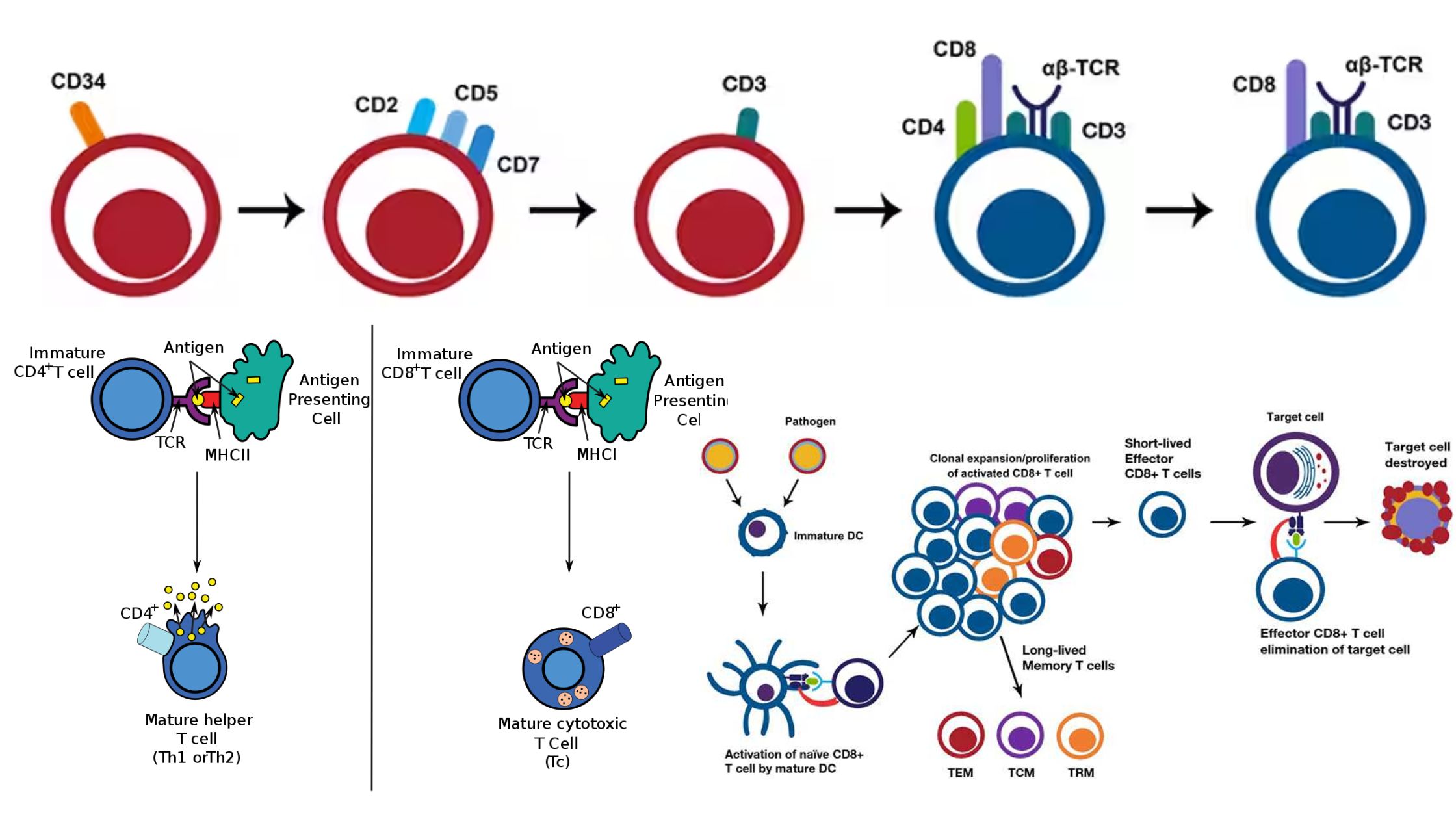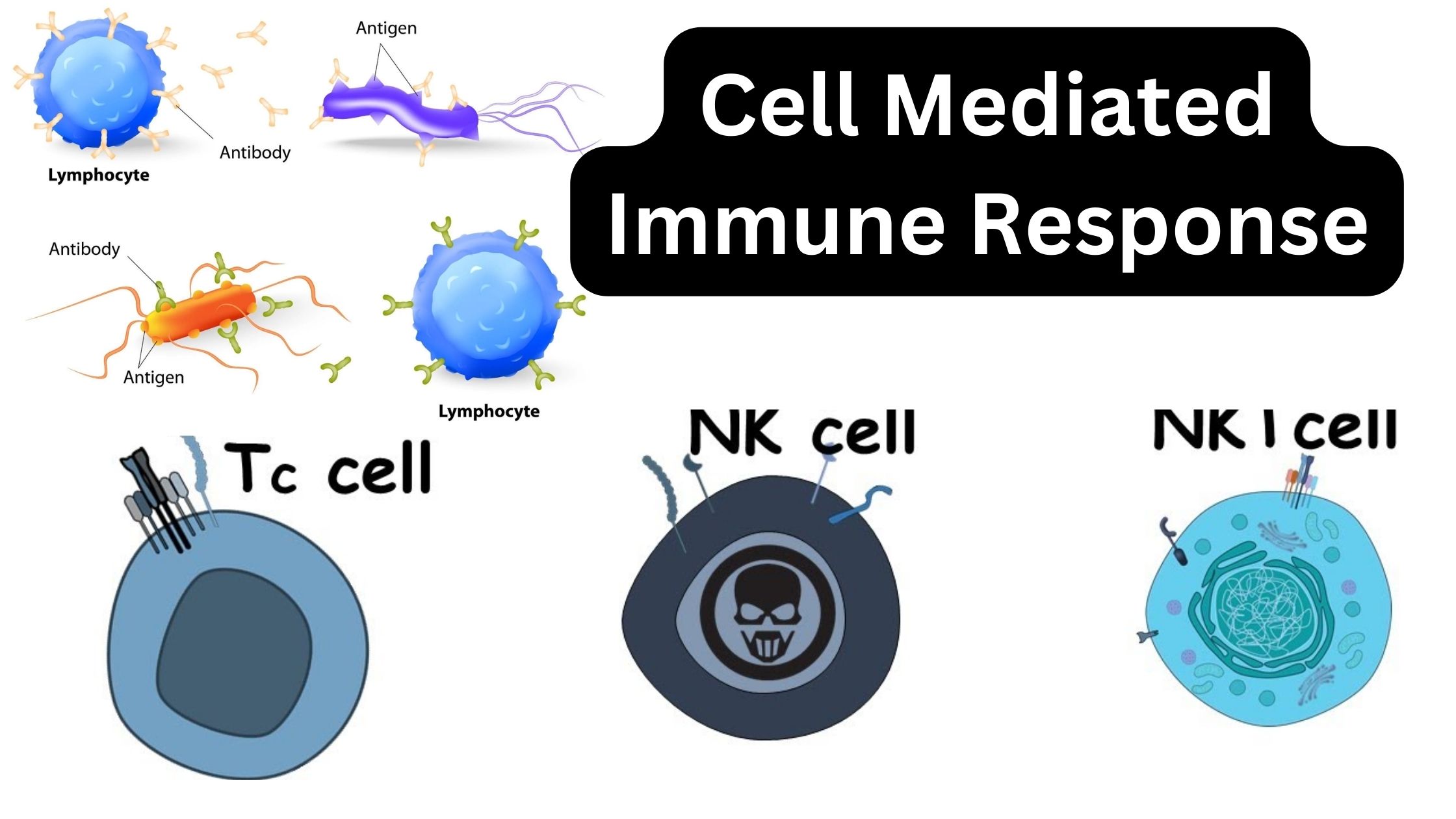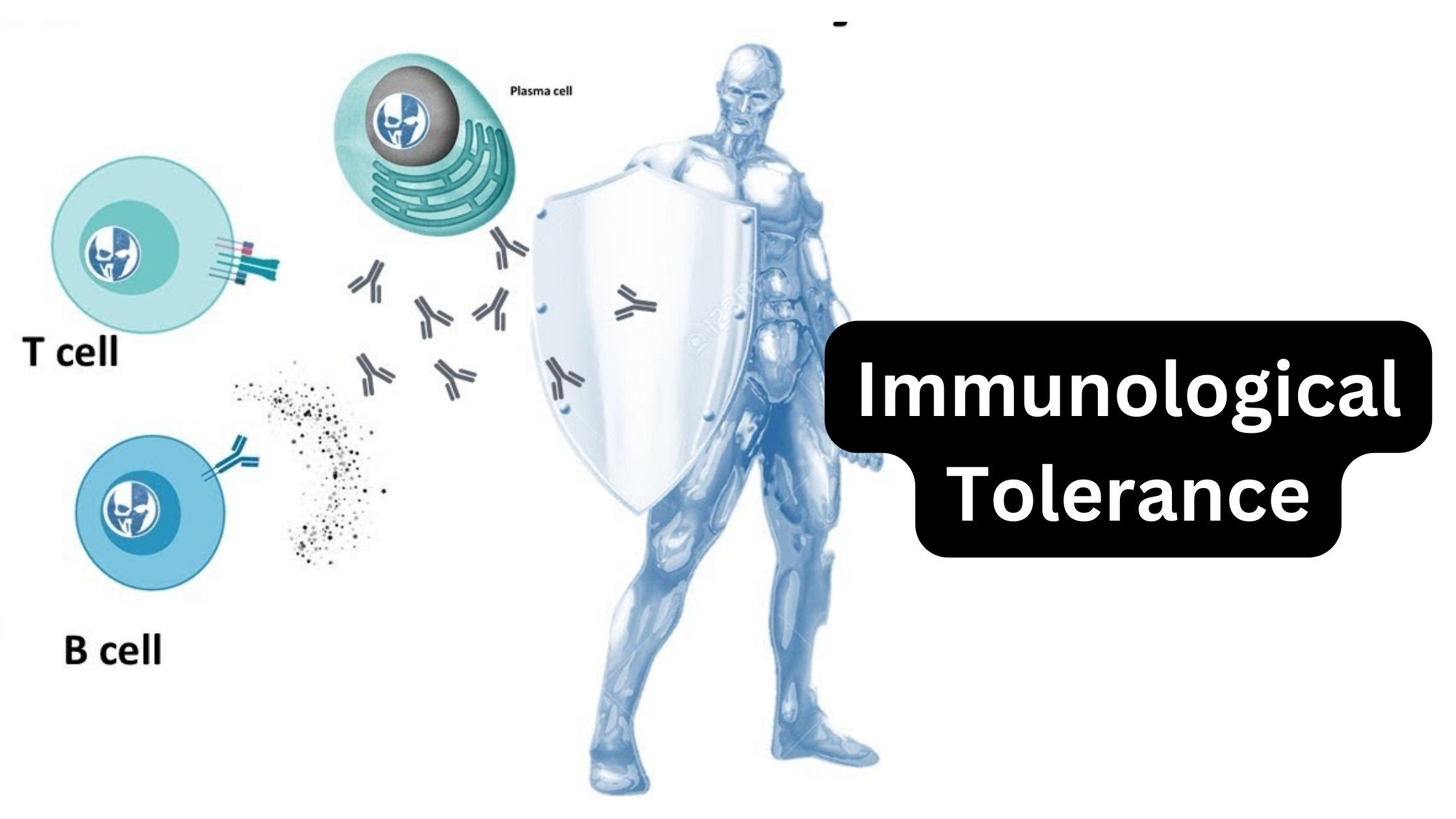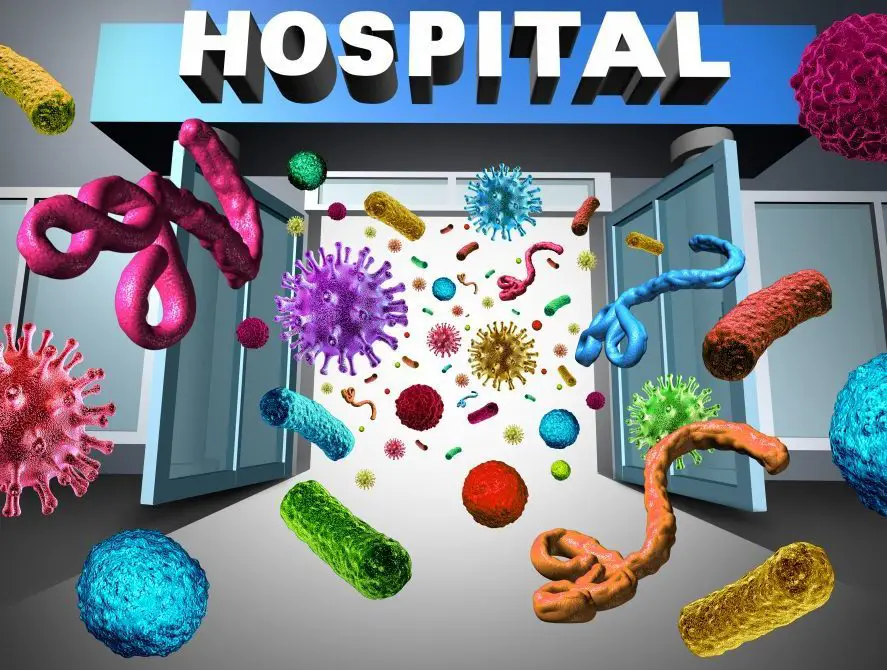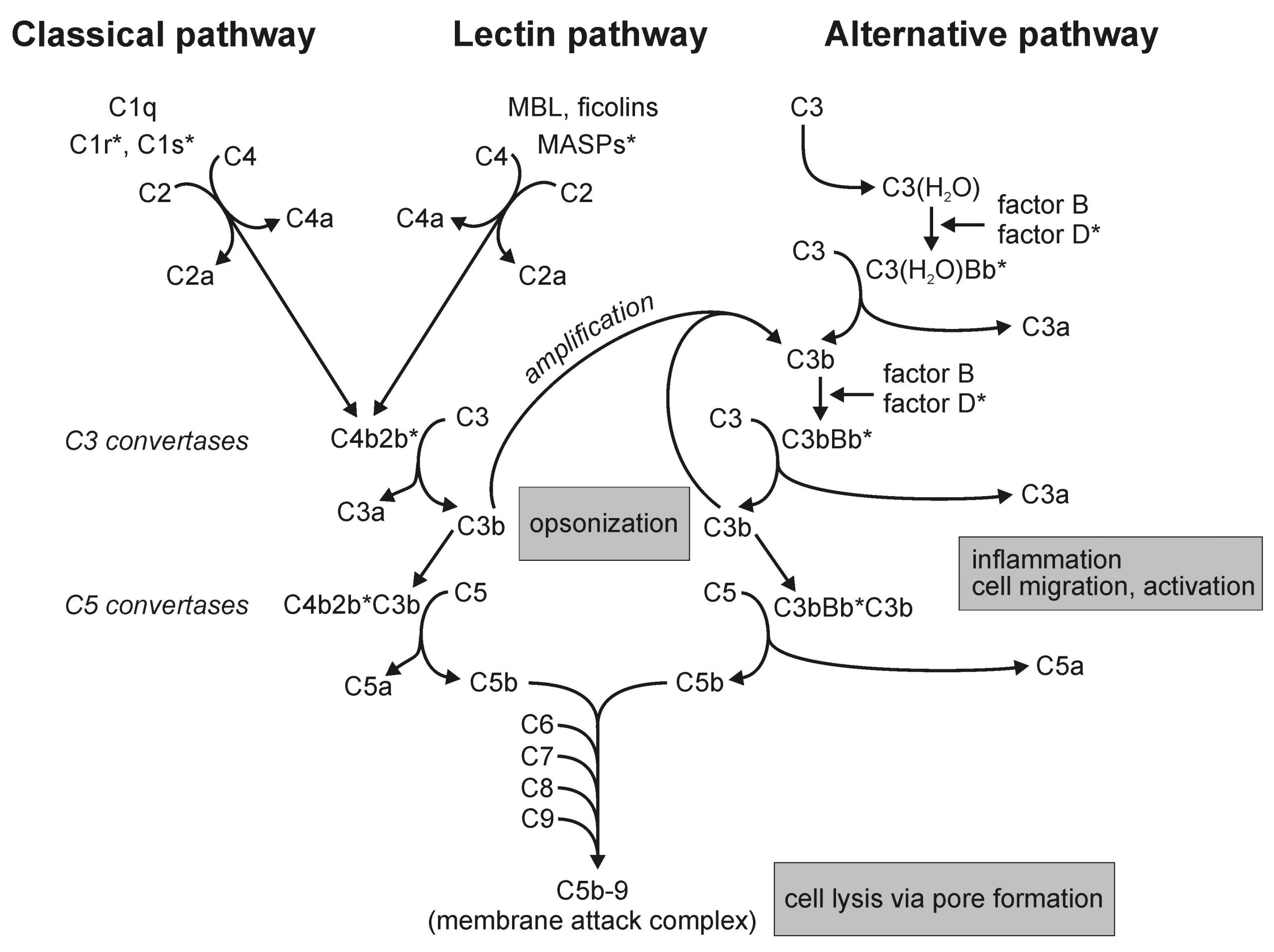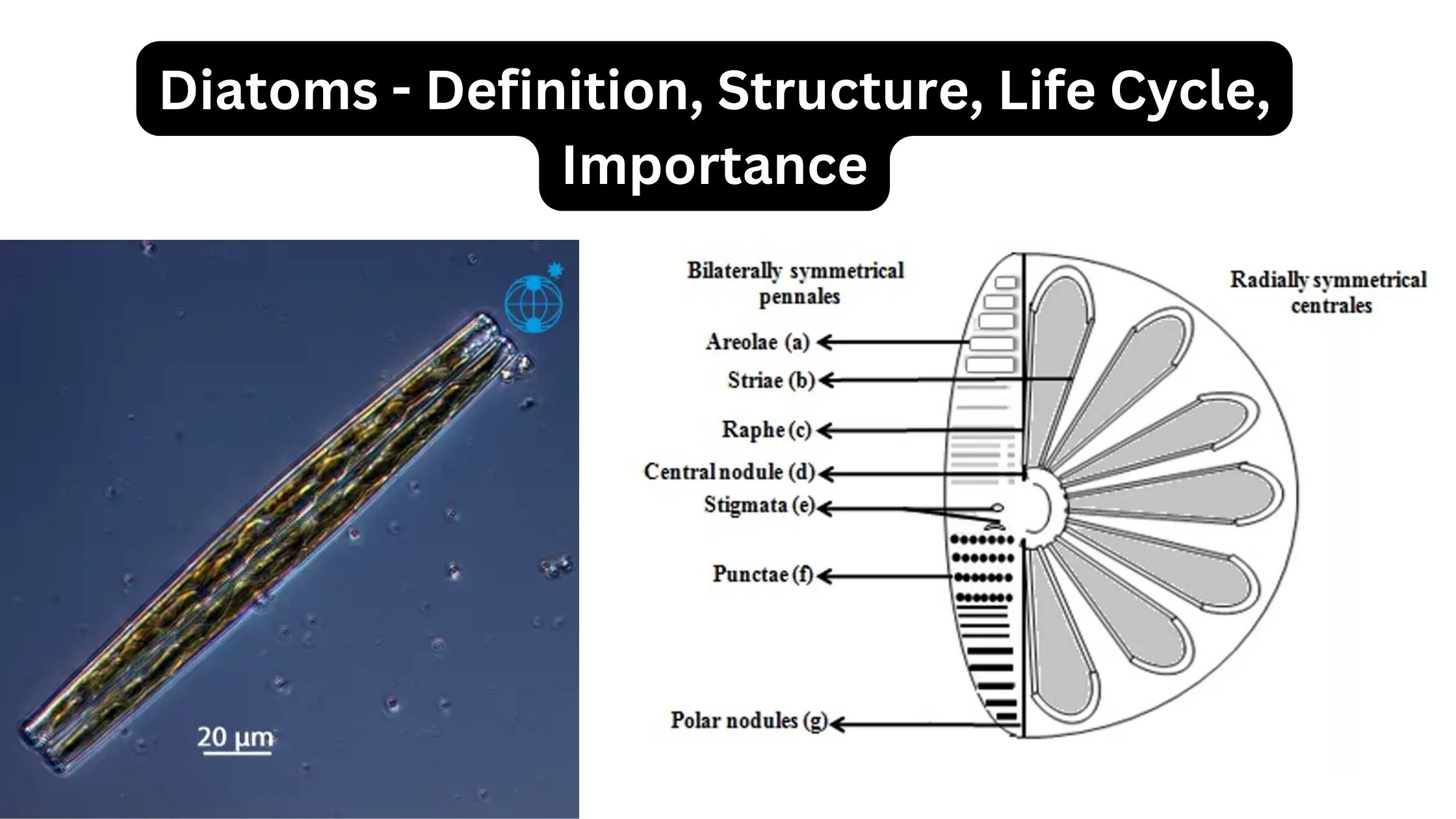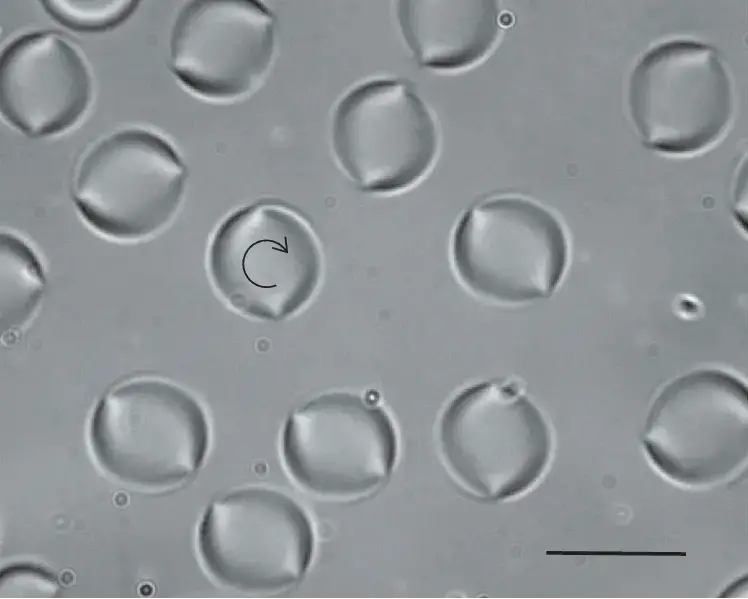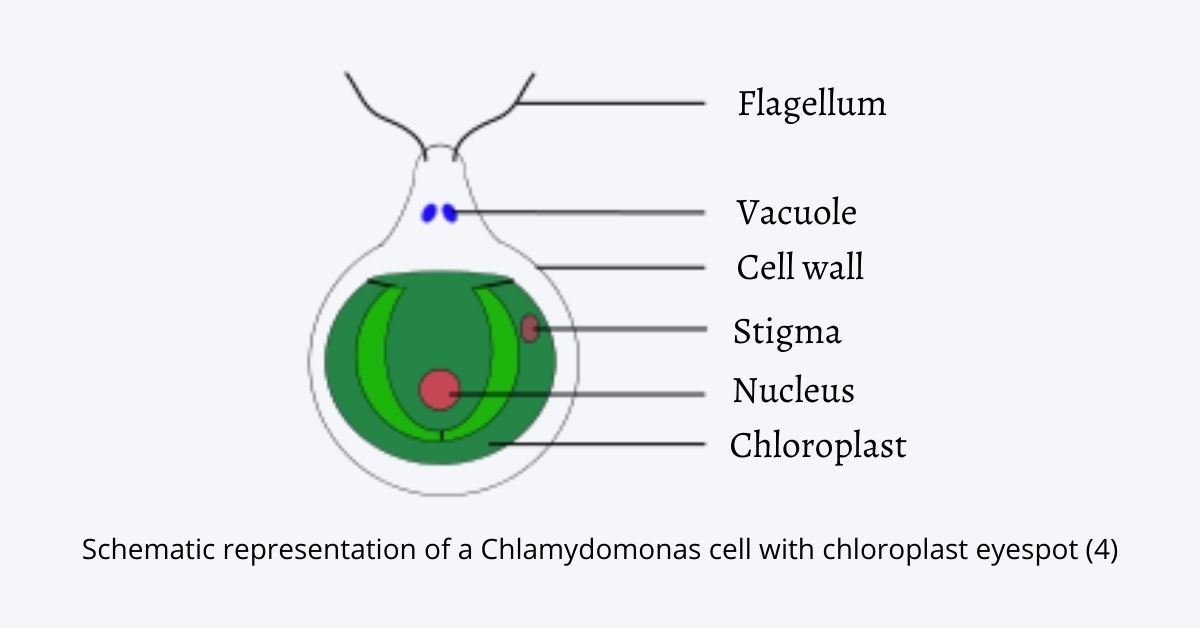Animal Models for Autoimmune Diseases
Animal models of autoimmune illnesses have provided invaluable insights into the mechanism of autoimmunity, human autoimmunity, and prospective therapies. Certain inbred animal breeds develop autoimmunity naturally, and autoimmunity can also be caused by certain experimental procedures. Autoimmunity Can Develop Spontaneously in Animals Autoimmunity Can Be Induced Experimentally in Animals


